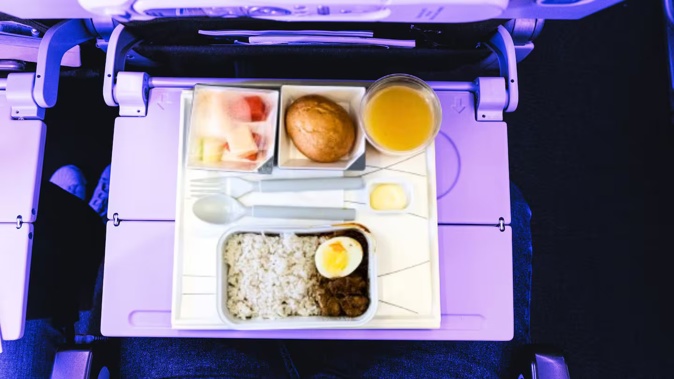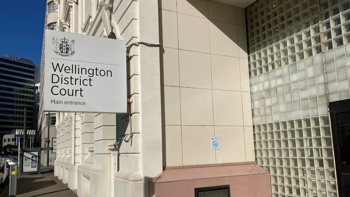
Air New Zealand won’t make you lick your plate clean but it might note what meal items went untouched during your flight thanks to artificial intelligence (AI).
The airline has revealed it took more than 30,000 photographs of passenger meals in October as part of an AI trial that could help the airline finesse its menu.
Air New Zealand CEO Greg Foran said he believed the food on the airline was the best he’s ever had but was excited to reveal how the airline used AI to clock what people didn’t enjoy.
“What we’re now doing is using AI to take photographs of what’s coming on the galley cart,” he said, adding that AI was a “game-changer” the company was trailing in several ways.
The airline’s chief digital officer Nikhil Ravishankar confirmed the airline was exploring AI to improve customer experience and streamline work.
“We have put together a programme of work to investigate the different ways in which we can use generative AI,” he said. “At this stage, the early indications are that generative AI will start to play a significant role across almost all parts of the airline as another powerful tool in our toolkit”.
One area, as hinted, relates to the food on passengers’ plates.
Last October, Air New Zealand trialled using AI with its catering provider LSG, to analyse food passengers did not eat during flights from Los Angeles and Hong Kong.
More than 30,000 photographs were taken of meal trays during two trial periods. AI analysis of these photographs provided “fascinating insights into the eating habits and preferences” of customers, Ravishankar said.
On insight, according to Foran was about hummus.
“We know for example, that customers weren’t all that enamoured with the blue cheese and beetroot hummus, so we’ve been able to change that,” he said.
Trials also indicated people in economy class preferred leafy salads over grain-based salads.
“We will look to make changes here too,” Ravishankar said.
The October trial was temporary and Ravishankar said Air New Zealand was exploring how to run it across the network to ensure customers receive food they will eat and enjoy.
Call centres trial AI to reduce wait times
Foran also revealed generative AI had been trailed in call centres to improve (and most importantly for customers, speed up) the process for callers and staff.
A small group within the call centres have trialled a knowledge-base chatbot, Ravishankar said.
“This tool uses generative AI to access our customer policies and provides quick access to the most up-to-date detailed product, service, and airfare information, significantly speeding up our response times to customer inquiries”.
Feedback on the tool had been “overwhelmingly positive” Ravishankar said, and trials found the customer wait time was two minutes faster, on average.
“We are in the process of developing a full-scale production version of this tool, with a targeted rollout to our entire team in June”.
Digitising the airline a ‘big deal’ for Foran
While artificial intelligence is trending in technology, it isn’t the only way Air New Zealand is trialling technology to speed up its processes.
Foran said digitising the airline was “a big deal” and travellers could expect to see people with tools, tablets and phones they didn’t have before, doing things more efficiently.
One example Foran offered was the addition of digital tablets on the serving carts.
‘You’re seeing us now roll out tablets on all the serving carts on the planes,” Foran said, adding that the airline custom-designed a mount to attach them.
“Why do we want to do that? Well, all of a sudden the cabin crew now know who you are,” he said.
“They have details of how many trips you’ve done with us, what you ate and drank last time, so there’s a whole level of personalised service.”
Crew previously had some of this information, but it was on “outdated paper-based passenger manifests” Ravishankar said.
The digitised passenger manifest is being installed across Air New Zealand’s international fleet and will allow crew to securely access customer information to provide onboard services more efficiently.
Foran said the industry was tough at the moment but was “ripe for change”.
“I think in the next 10 to 20 years you’re gonna see more change in aviation than you’ve seen in the last 50,” he said.
Take your Radio, Podcasts and Music with you









